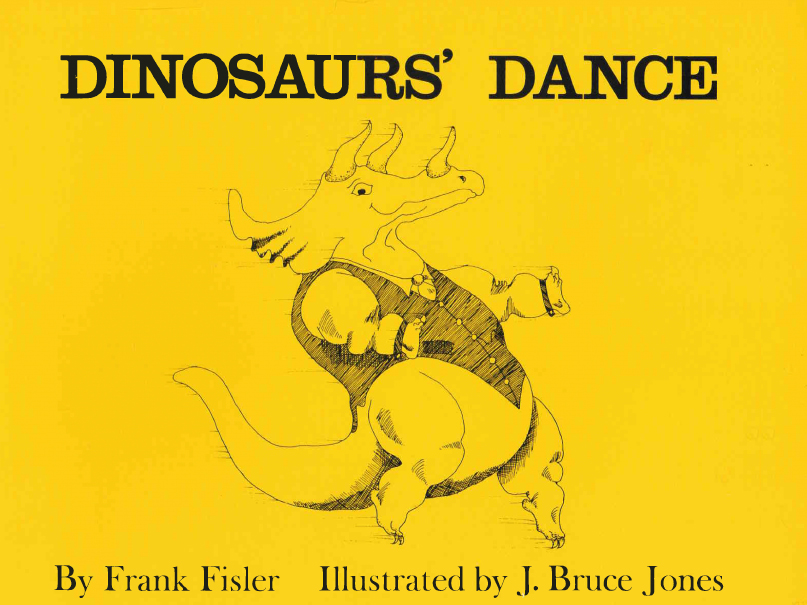Chamber Works
Orchestral and Wind Ensemble Works
Welcome, instrumentalists!
Works are listed alphabetically. I do not have a lot of works in any single genre or for any particular ensemble. Most of these were written or arranged for fellow musicians, many of whom are faculty members at the Penn State School of Music.
Please scroll through and you are likely to find a score of interest. And if not, please contact me to discuss and/or request a piece for your instrument or ensemble. I would be pleased to collaborate with you on a new work.
Please note: instrumental parts are immediately available via downloadable files by contacting me.
Chamber Works
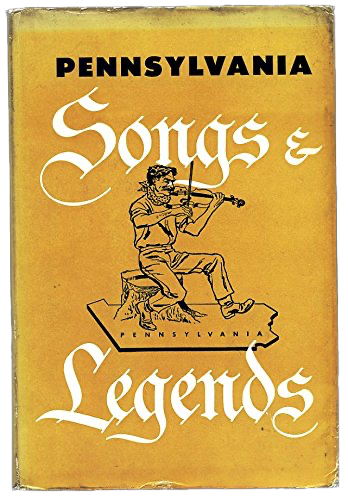
University of Pennsylvania Press 1949
Appalachian Mining Songs for Bb clarinet, alto saxophone and piano
View note and texts. Download full score. Contact the composer for parts.
A dramatic ballad about a fist fight in the mines, with the ever-increasing rhythmic drive in the accompaniment underlining the volatile emotions, until the mine boss arrives to break up the dispute.
2. The Shoofly View score. Listen to midi.
The old woman digging for coal expresses the anxiety and despair following the closing of the small mine in the valley. Normally the out-of-work miners might find jobs at the Shoofly, a nearby colliery, but there a bad seam had been struck, causing a shutdown. A bluesy waltz with piquant harmonies make for an especially dramatic piece about life in the mining towns, before and after the coal is gone.
3. Union Man View score. Listen to midi.
This short ditty is an excellent example of the way the folk reflect in their songs the varied phases of their life. Better than an economist's report, the song is a satiric comment on rising wages and rising prices.
4. Blue Monday View score. Listen to midi.
The miners get paid on Saturday night and spend all their money on Sunday making for a Blue Monday.
These songs were sung in the 19th and early 20th century in the Appalachian Mountains of Pennsylvania, West Virginia, Ohio and Kentucky. They were collected by George Korson (1899-1967) from the singers, miners and saloonkeepers who wrote and sang them in the mining communities. Korson edited and published the songs in Pennsylvania Songs and Legends, University of Pennsylvania Press in 1949.
They were adapted for instruments from the original choral versions. The set is dedicated to the memory of the arranger’s father, William Trinkley (1890-1960), who started working in the mines when he was 9 years old.
Autumn Songs Four Lyrical Pieces for String Quartet
Read the poems. Download full score. Contact the composer for parts.
1. Tango (Dinner in the Courtyard)
View score. Listen to midi.
2. Idyll View score. Listen to midi.
3. Arioso (Poem with a Moon) View score. Listen to midi.
4. Toccata (Night Journey) View score. Listen to midi.
The four movements of Autumn Songs are adapted from choral and vocal works in Mountain Laurels: A Choral Symphony, written to celebrate the Centenary of State College, Pennsylvania in 1996 and based on poems by central Pennsylvania poets.
The poems may be included in the printed program or may be read aloud before each piece is performed.
Broken Symmetries Six Baroque Dances for string quartet. 1998. Revised 2003. (10 min.)
Premiere by the Pallas String Quartet, Salvador, Brazil, August 12, 2004.
Dedicated to Stephen Hawking (1942-2018).
Download full score. Contact the composer for parts.
1. Bourrée for the Beginning of Time
View score. Listen to midi.
2. Sarabande within a Cloud Chamber
View score. Listen to midi.
3. Courante of the Quarks
View score. Listen to midi.
4. Pavane for a Proton’s Decay
View score. Listen to midi.
5. Minuet of the Massless Particles
View score. Listen to midi.
6. Gigue of the Grand Unified Theory View score. Listen to midi.
The inspiration for Broken Symmetries comes from the courtly dances of the late Renaissance and Baroque eras, refracted through the pitch organizational techniques of the early twentieth century and the cosmology of the late twentieth century. The title of the set and the names of the individual movements pay homage to the great English theoretical physicist, cosmologist, and author Stephen Hawking. Broken Symmetries should be played with expressiveness but with the rhythmic regularity of the dance.

Cold Mountain Seven Shih for piano trio. (20 min.)
Inspired and based on poems by Han-shan, Tang Dynasty poet.
Commissioned by the Castalia Piano Trio for China Tour, May 1998. Recorded on CD 1999.
Read the score notes. Read: A Note about Mountains.
Download the full score.
Listen to the performance by the Castalia Piano Trio from 1999 CD.
1. The Call of the Mountain
2. Ascending the Mountain
3. Dance of the Night Creatures on the Mountain
4. Song of Nature
5. A Higher Peak is Seen Through the Mist and Fog
6. Light and Silence
7. Return from the Summit
Courtyard Tango for solo viola unaccompanied
Inspired by the poem Dinner in the Courtyard by Emily Grosholz.
View score and poem. Listen to midi.
Fanfare for three trumpets.
Commission and Premiere: Penn State Brass Chorale, James Benshoof, Director. 1971.
Field Study Woodwind quintet. Revised for concert performance 2003. (12 min.)
Commission and Premiere: Larue Allen, choreographer, Penn State Contemporary Dance Company, with the Claremont
Woodwind Quintet. Eisenhower Auditorium 1976.
Download score. Listen to midi (excellent realization!). Contact composer for parts.
Field Study presents an impressionistic image of the natural life in a meadow in the middle of summer. The music evokes the languor of midday, with the activities of insects, burrowing animals, birds and butterflies. This scene is confronted with mindless human development. The final chorale emerges from the cacophony as an homage to the ultimate triumph of the living earth.
Five Spirituals for Violoncello and Piano. (10 min.)
Commission and Premiere: Kim Cook, violoncello; and Carl Blake, piano. 1999.
Revival: Kim Cook and Carl Blake, Recital Hall, Penn State. April 2022.
Download full score. Contact composer for parts.
1. Hallelujah!
View score. Listen to midi.
2. Weary Traveler
View score. Listen to midi.
3. Wade in the Water
View score. Listen to midi.
4. I Want Jesus to Walk with Me
View score. Listen to midi.
5. Ride on, King Jesus View score. Listen to midi.
Four Flutes a-Dancing Three Lyrical Dances for Flute, Alto Flute, Bass Flute, Contrabass Flute and Piano.
Also available for Flute, Alto Flute and Bass Flute. Contact the composer for parts.
Commission and Premiere:
Toot-in-Common, Judy Moore, Director.
1. Tango for Flutes
View score. Listen to midi.
2. Siciliana
View score. Listen to midi.
3. Waltz: The Airy Sea View score. Listen to midi.
Three Flutes a-Dancing Three Lyrical Dances for Flute, Alto Flute, Bass Flute, Violoncello and Piano.
Contact the composer for parts.
Commission and Premiere:
Toot-in-Common, Judy Moore, Director.
1. Tango for Flutes
View score. Listen to midi.
2. Siciliana
View score. Listen to midi.
3. Waltz: The Airy Sea View score. Listen to midi.
Heritage Horizons ‘76 Incidental music for film. For string quartet.
Commissioned and produced by College of Agriculture; Alard String Quartet.
Shown in communities throughout Pennsylvania during the Bicentennial Year of 1976.
Laurels for Lyons for two violins, viola, and two violoncellos (16 minutes)
Commissioned by and dedicated to the Lyon family: James Lyon, violin; Clara Lyon, violin; Nicholas Lyon, viola; Carol Lyon, violoncello; and Elizabeth Lyon, violoncello
View full score. Contact composer for parts.
1. dandelions in march
View score. Listen to midi.
2. Distinct View score. Listen to midi.
3. Dinosaurs’ Waltz View score. Listen to midi.
4. Elm Trees View score. Listen to midi.
5. Song for the Thumb Piano View score. Listen to midi.
6. The Fire Elms View score. Listen to midi.
7. Encore: A Gnarled Old Crab-apple Tree Answers Joyce Kilmer View score. Listen to midi.
Five of the movements of Laurels for Lyons are adapted from choral works in Mountain Laurels: A Choral Symphony. Two other movements are derived from other earlier works by the composer: Dinosaurs’ Waltz is from The Dinosaurs’ Dance for voice and soprano and A Gnarled Old Crab-apple Tree is the finale of Five Choral Dances, texts by Pulitzer Prize winning poet Peter Viereck.
Lyric Sweets Seven songs for Bb clarinet and piano (16 minutes)
View full score with poems.
1. To Music. A Song (Invocation)
View score. Listen to midi.
2. The Airy Sea View score. Listen to midi.
3. Winter Night View score. Listen to midi.
4. Cante flamenco View score. Listen to midi.
5. To a Sinister Potato View score. Listen to midi.
6. Distinct View score. Listen to midi.
7. Dinosaurs’ Dance View score. Listen to midi.
Commission:
Anthony Costa, clarinet.
The movements of Lyric Sweets are adapted from vocal, choral and dance works by the composer. Lyric Sweets was commissioned by and is dedicated to Anthony Costa, clarinetist.
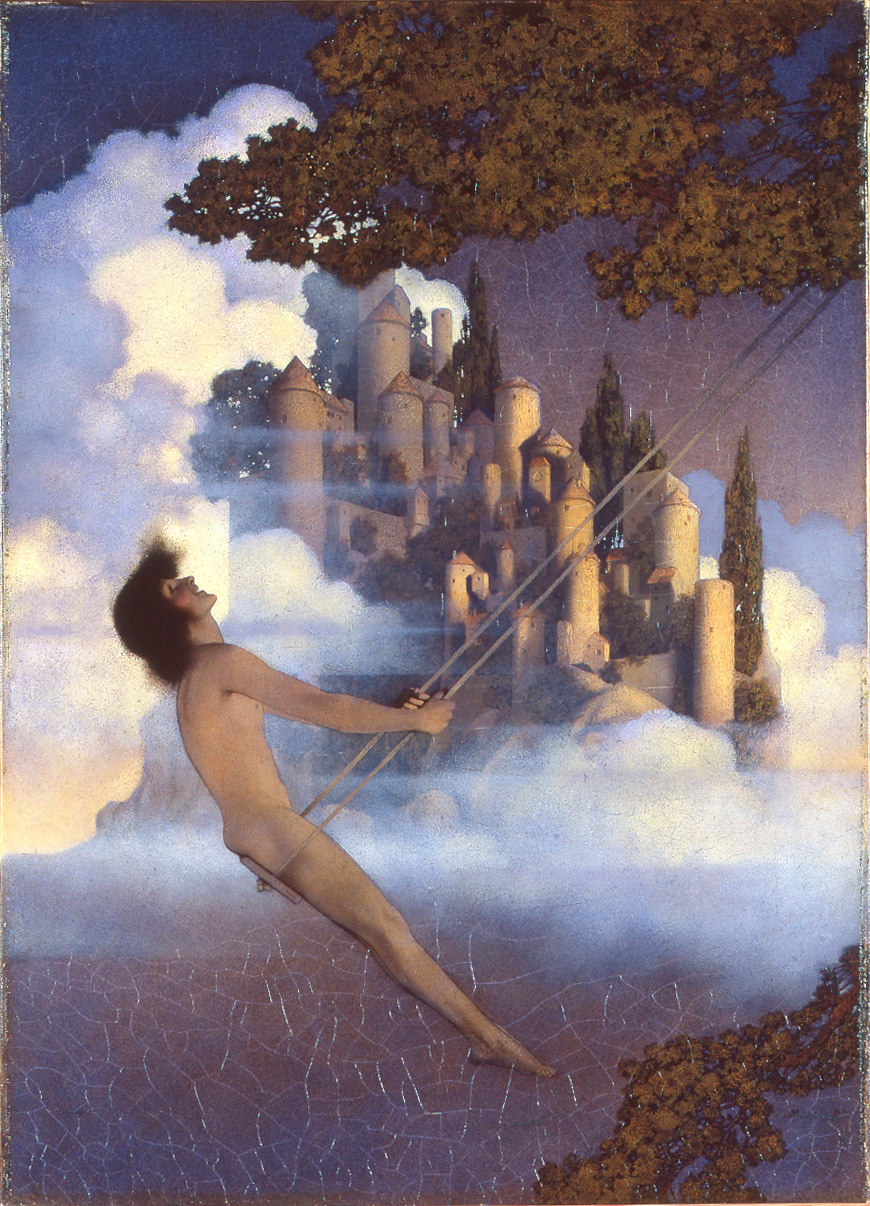
Parrish Suite Four dances based on paintings by Maxfield Parrish (1870-1966). (14 min.)
Chamber Ensemble: Flute, clarinet (Bb and A), violin, violoncello, harp, piano and percussion. 1999.
View full score.
Click on painting titles to view the Maxfield Parrish paintings.
1. Dinkey Bird View score. Midi not available.
2. Mary, Mary, Quite Contrary View score. Listen to midi.
3. Arizona View score. Listen to midi.
4. Princess Parizade Bringing Home the Singing Tree
View score. Listen to midi.
Excerpt from The Dinkey Bird by Eugene Field (1850-1895) which inspired the Parrish painting.
In an ocean, 'way out yonder,
(As all sapient people know)
Is the land of Wonder-Wander,
Whither children love to go;
It's their playing, romping, swinging,
That give great joy to me
While the Dinkey-Bird goes singing
In the amfalula tree!
I'm sure you like to go there
To see your feathered friend--
And so many goodies grow there
You would like to comprehend!
Speed, little dreams, your winging
To that land across the sea
Where the Dinkey-Bird is singing
In the amfalula tree!
"The Dinkey Bird" is reprinted from Poems of Childhood. Eugene Field. New York: Charles Scribner's Sons, 1904.

Pope-pourri: A Stroll Through the Architecture of John Russell Pope six dances for violoncello and piano.
Inspired by and based on the architecture of John Russell Pope (1874-1937). (14 min.)
Commission and Premiere: Kim Cook, violoncello. and Elizabeth Parisot, piano.
Baltimore Museum of Art, May 6, 2004.
View full score. View composer’s note.
1. March and Barcarole . . . Baltimore Museum of Art
View score. Listen to midi.
2. Ballad . . . The National Archives
View score. Listen to midi.
3. Promenade . . . The National Gallery of Art
View score. Listen to midi.
4. Tarantella . . . Union Station, Richmond, Virginia
View score. Listen to midi.
5. Siciliana . . . Temple of the Scottish Rite, Washington
View score. Listen to midi.
6. Gigue . . . The Jefferson Memorial
View score. Listen to midi.
When cellist Kim Cook asked me to write a piece for her recital at the Baltimore Museum of Art, I was able to fuse my fascination with architecture and my love of the cello into a set of pieces honoring some of the masterworks of the great American architect John Russell Pope. I had known his major works in the nation’s capitol since my childhood. And I hope listeners will appreciate the punning title of the suite.
Seasons Four Lyric Pieces for Brass Quintet and Timpani
Celebrating the 125th Anniversary of State College, Pennsylvania
View full score.
1. Winter: evening of first snow Listen to midi.
2. Spring Fever
Listen to midi.
3. In Almost July
Listen to midi.
4. Autumn Journey Listen to midi.
Seasons Inside-Outside for Mezzo-soprano, Alto Saxophone and Piano.
Written for the Odelya Trio for the AvantGarten Liedberg Festival in Liedberg, Germany
View full score.
1. Dinner in the Courtyard Poem by Emily Grosholz. View score. Listen to midi.
2. Vernal Sentiment Poem by Theodore Roethke (1908-1963) View score. Listen to midi.
3. Lovely October Poem by Joseph Grucci (1908-1982) View score. Listen to midi.
4. SUN (Milonga del Sol) Poem by Melinda Mucha View score. Listen to midi.
String Quartet in four movements. 1967. Score and parts available from composer.
Summer Dances for saxophone, viola and piano or harp. (12 min.)
Commission and Premiere: The Irrelevants: Carrie Koffman, saxophone; and Tim Deighton, viola.
Penn State University, December 3, 2003. Tour performances.
Adapted from choral works and songs in Mountain Laurels: A Choral Symphony.
View full score.
1. Vernal Sentiment View score. Listen to midi.
2. Courtyard Tango
View score. Listen to midi.
3. Night Journey
View score. Listen to midi.
4. Lovely October
View score. Listen to midi.
5. Milonga del Sol View score. Listen to midi.
Summer Evenings Seven lyrical pieces for trumpet and piano. Contact the composer for the version for trumpet and string quartet.
Commissioned by and dedicated to Langston Fitzgerald, trumpet.
View full score.
1. Tango
View score. Listen to midi.
2. Arioso (Poem with a Moon)
View score. Listen to midi.
3. March, Recitative and Lullaby View score. Listen to midi.
4. Elegy
View score. Listen to midi.
5. Toccata View score. Listen to midi.
6. Idyll View score. Listen to midi.
7. Meditation and Chorale
View score. Listen to midi.
When Langston Fitzgerald asked me for some music for trumpet, I had recently been working on adapting tunes from Mountain Laurels for various instruments. The lyrical pieces of Summer Evenings were inspired by poems by Emily Grosholz, John Balaban, John Haag, Theodore Roethke and Katey Lehman.
The Summons for organ. Based on the finale from Mountain Laurels: A Choral Symphony.
Premiere: Mary Bahnfleth, organ; State College Centennial Organ Concert, United Faith Church, August 1996.
View score. Listen to midi.
During the extended period when I was researching and selecting texts for my major choral work celebrating the Centenary of State College, PA., Charlie Mann, Librarian of the Rare Books Room in Pattee Library, gave me a copy of the poem that Theodore Roethke (1908-1963) had been commissioned to write for the Phi Beta Kappa Society at Penn State. The poem was a powerful denouncement of the political situation in Europe during the 1930s. I knew immediately that I wanted to set this poem as the culmination of the symphony and that I would set it for large chorus and orchestra. The setting was then adapted for solo organ and was performed on the State College Centennial Organ Concert by our distinguished local organist Mary Bahnfleth.
Tennessee Dance and Blues for Clarinet in A and Piano or String Quartet
Based on Poems by Tennessee Williams (1911-1983)
Read the poems. View the full score.
1. Youth Must Be Wanton (dance) View the score. Listen to midi.
2. Gold Tooth Blues
View the score. Listen to midi. Listen to Tennessee Williams read the poem.
3. Kitchen Door Blues
View the score. Listen to midi. Listen to Tennessee Williams read the poem.
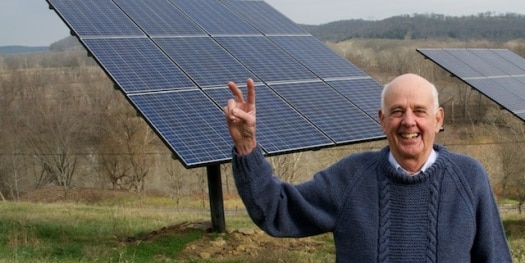
The Wheel for trombone and piano with optional violin, flute, clarinet or trumpet.
Also available for tenor saxophone, trombone and piano.
Based on a poem by Wendell Berry.
View trombone and piano score. Listen to midi.
View tenor sax, trombone and piano score. Listen to midi. Wendell Berry has been concerned with global challenges to the environment, especially the plight of small farms in the world. He is an advocate of the value of community: “Essential wisdom accumulates in the community much as fertility builds in the soil.”
The Wheel by Wendell Berry
At the first strokes of the fiddle bow
the dancers rise from their seats.
The dance begins to shape itself
in the crowd, as couples join,
and couples join couples, their movement
together lightening their feet.
They move in the ancient circle
of the dance. The dance and the song
call each other into being.
Soon they are one — rapt in a single
rapture, so that even the night
has its clarity, and time
is the wheel that brings it round.
In this rapture the dead return.
Sorrow is gone from them.
They are light. They step
into the steps of the living
and turn with them in the dance
in the sweet enclosure
of the song, and timeless
is the wheel that brings it round.
Wurlitzer Suite Six lyrical pieces for flute, clarinet and piano.
View full score. Read the poems.
1. Vernal Sentiment
View the score. Listen to midi.
2. Tango (Dinner in the Courtyard)
View the score. Listen to midi.
3. Arioso (Poem with a Moon) Night Journey
View the score. Listen to midi.
4. Lieder View the score. Listen to midi.
5. Lovely October
View the score. Listen to midi.
6. Milonga del Sol View the score. Listen to midi.
Adapted from choral works and songs in Mountain Laurels: A Choral Symphony.
The adaptations were sketched during residencies at the Helene Wurlitzer Foundation of New Mexico in Taos. The poems may be included in the printed program or may be read aloud before each piece is performed. These adaptations are dedicated to the
Taos Chamber Music Group and its founder,
Nancy Laupheimer, flutist.
Orchestral and Wind Ensemble Works
Dinosaurs’ Dance for 12 dancers, solo soprano and piano. Also version for SSA chorus and piano or orchestra. Based on the book Dinosaurs’ Dance, with lyrics by Frank Fisler and line drawings by J. Bruce Jones illustrating the story.
Commission and Premiere: The Contemporary Dance Company, Patricia Heigel-Tanner (1935-2009), choreographer, with Suzanne Roy, soprano. 1982+
Version for full orchestra premiered by Nittany Valley Symphony, Michael Jinbo (1956-2022), Conductor; and The Nittany Valley Children’s Choir, Lou Ann Shafer, Director. Bellefonte Area High School, February 2020.
View SA and piano score. View SA and orchestra score. Parts available from the Composer. Listen to Nittany Valley Symphony.
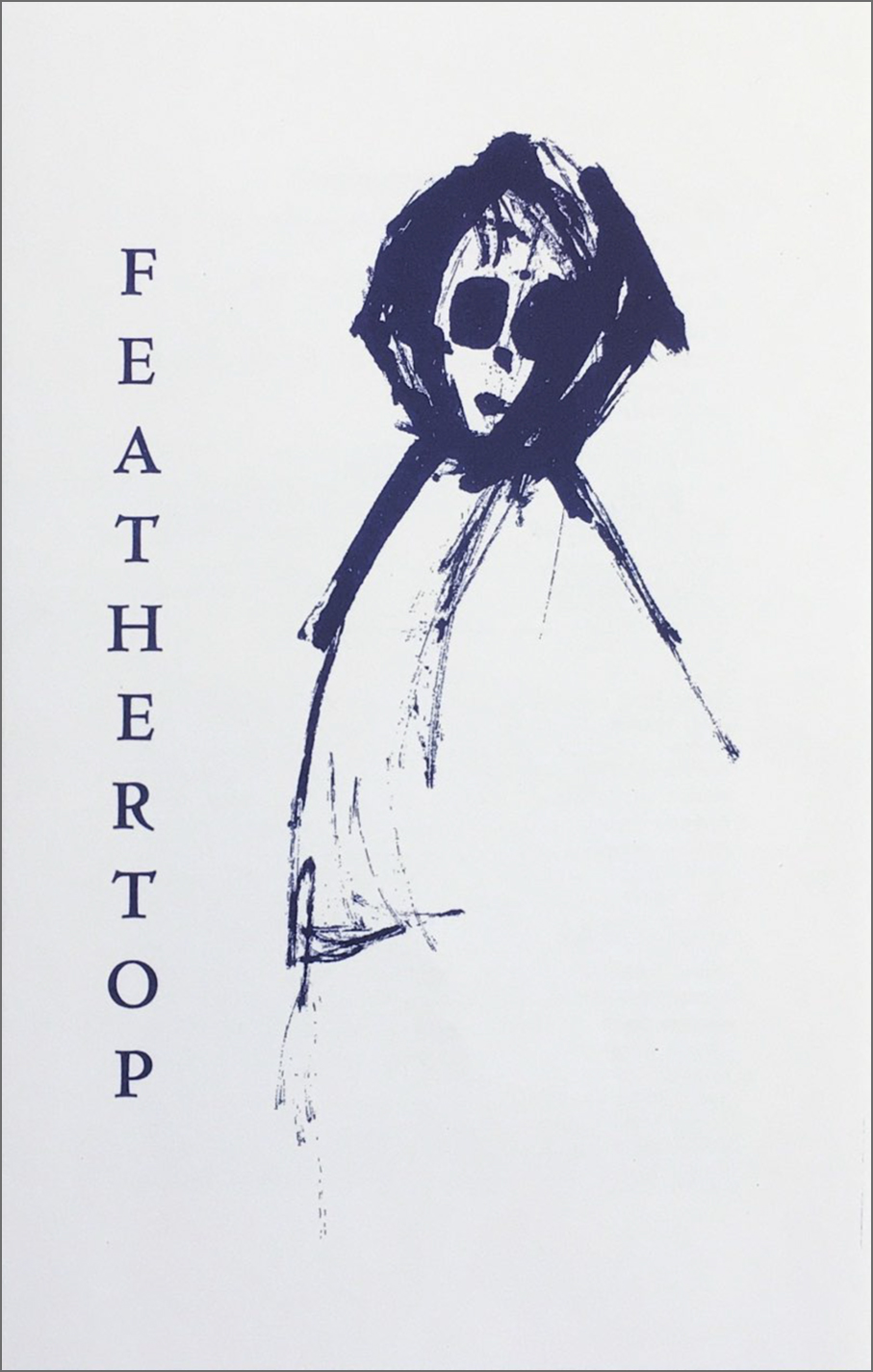
Hawthorne Suite: Reflections on Feathertop 12 movements for orchestra. (25 min.)
Based on the short story by Nathaniel Hawthorne: Feathertop.
Music adapted from Feathertop, the Columbia Varsity Show of 1967.
Commission and Premiere: Penn State Chamber Orchestra, Douglas Meyer, conductor for 1993 European Tour.
Premiere performances inVienna, Austria, May 11, 1993; Prague, Czech Republic, May 13, 1993; Stuttgart, Germany, May 16, 1993; Munich, Germany, May 19, 1993.
Orchestration: Piccolo, 2 flutes; 2 oboes; 3 clarinets; 2 bassoons; 1 trumpet; strings.
Contact composer for score and parts.
1. Prelude
2. Incantation (Witch’s Dance)
3. Toccata
4. The Toast of Society (March)
5. At the Ball (Galliard and Gavotte)
6. Feathertop’s Dream (Maypole Dance)
7. Love Letter to Feathertop (Aria)
8. Feathertop in Love
9. First Doubts (Sarabande and Gavotte)
10. Rejection (March)
11. Epiphany (Arioso)
12. Destruction (Postlude)
Windrags: Two Scott Joplin Rags for Wind Orchestra 4 fl, 2 ob, 3 clar, 2 bsn, trpt, str bass. 1993 (5 min.)
Contact composer to peruse score and parts.
1. Solace: A Mexican Serenade
2. Wall Street “Rag”
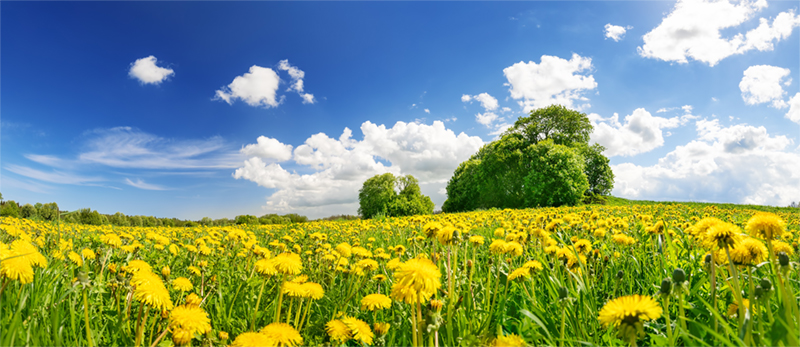
dandelions in march March for wind ensemble (3 min.)
Premiered by the State College Municipal Band, Ned Deihl, Director, as part of Mountain Laurels. 1996.
View score. Read the poem. Listen to the Municipal Band performance in Mountain Laurels.
dandelions in march is adapted from the setting of the poem dandelions by Deborah Austin. It is the centerpiece of the choral cycle Mother Nature for young voices in Mountain Laurels. The wind ensemble setting was the overture to Part Two: Old Mainia. Please consider having the poem read by a member of the band when the march is performed.
Excerpt from dandelions by Deborah Austin (1920-2013) from The Paradise of the World (1964)
under cover of night and rain
the troops took over.
waking to total war in beleaguered houses
over breakfast we faced the batteries
marshalled by wall and stone, deployed
with a master strategy no one had suspected
and now all
firing
pow
all day, all yesterday
and all today
the barrage continued
deafening sight.
reeling now, eyes ringing from noise, from walking
gingerly over the mined lawns
exploded at every second
rocked back by the starshellfire
concussion of gold on green
bringing battle-fatigue . . .
